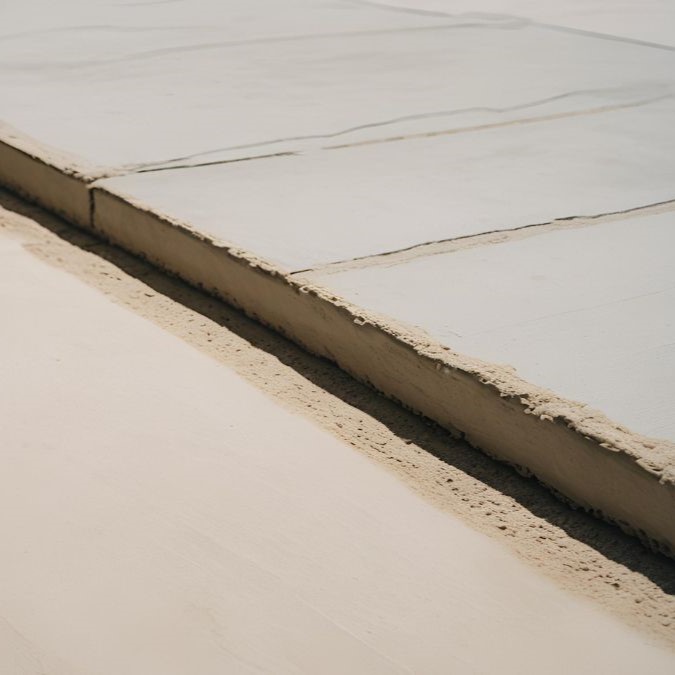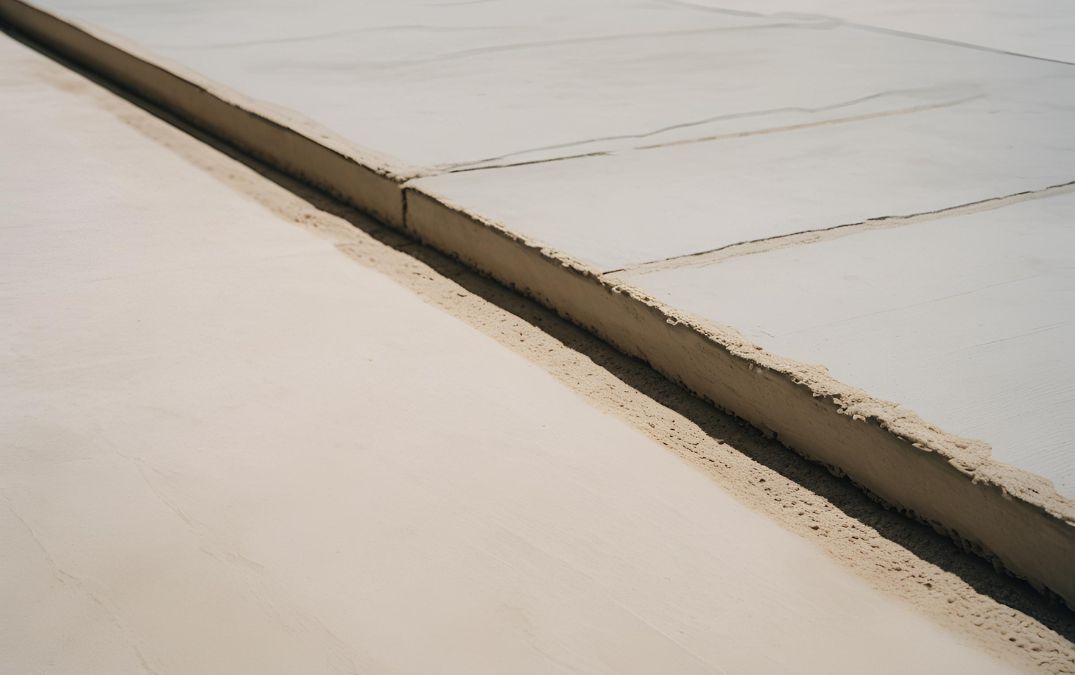Typically, a concrete floor for a garage should be about 4 inches thick. This thickness is sufficient for standard residential use, providing a durable surface that can handle the weight of cars and light trucks. If you plan to park heavier vehicles or use heavy equipment, you might want to increase the thickness to 6 inches for added strength and durability. Additionally, reinforcing the concrete with rebar or wire mesh can help prevent cracking and extend the floor's lifespan.
Several factors come into play. Firstly, the expected load is crucial; areas that will support vehicles, like driveways, generally require thicker concrete (around 6 inches) compared to patios or walkways, which can often suffice with 4 inches. Climate is another important factor; regions with freeze/thaw cycles may need thicker concrete to prevent cracking and heaving. The type of soil and its stability also matter; poor or expansive soils might necessitate a thicker slab or additional reinforcement. Additionally, the presence of any underlying utilities or drainage systems can influence the required thickness.
While thicker concrete generally means greater strength and durability, there are downsides to making a floor excessively thick. One concern is cost, thicker slabs require more materials and labor, which can significantly increase the overall expense. Overly thick concrete can take much longer to cure properly, potentially leading to uneven drying and cracking. There's also the issue of weight; excessively thick concrete can put undue stress on the building's foundation or the soil underneath, causing structural issues over time.
Building codes and regulations often specify the minimum thickness for concrete floors based on their intended use. For example, residential garage floors typically need to be at least 4 inches thick, while commercial or industrial floors may require greater thickness, often 6 inches or more, depending on the load requirements. These codes ensure safety and structural integrity. Local building codes might have specific requirements, so it's essential to consult with local authorities or a structural engineer to ensure compliance with all applicable standards.
The type of concrete mix plays a significant role in determining the required thickness of the floor. High strength concrete mixes can often achieve the necessary structural integrity with a thinner slab compared to standard mixes. For instance, mixes with a higher compressive strength may require less thickness to support the same load. Special mixes designed for specific conditions, like those with enhanced durability for freeze/thaw cycles or increased resistance to chemical exposure, might also influence the optimal thickness. It's crucial to choose the right mix based on the intended use and environmental conditions to ensure the floor's durability and performance while potentially optimizing the thickness.
Start by setting up secure formwork around the perimeter of the area, ensuring it is level and at the desired height. Use a measuring tape or ruler to check the height of the forms from the base to the top to confirm the intended thickness. After placing reinforcement materials like rebar or wire mesh, pour the concrete mix into the forms. As you pour, use a screed board to level the concrete to the top edge of the formwork, maintaining a consistent thickness. Continuously check the depth with a measuring stick or depth gauge during the pour to ensure accuracy.





